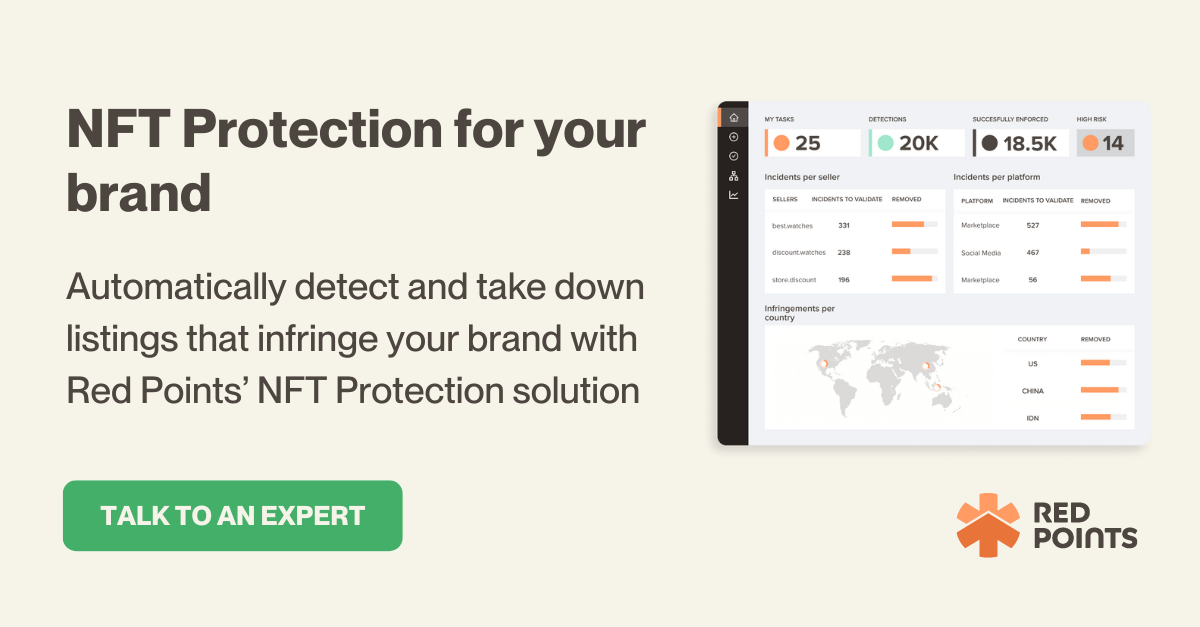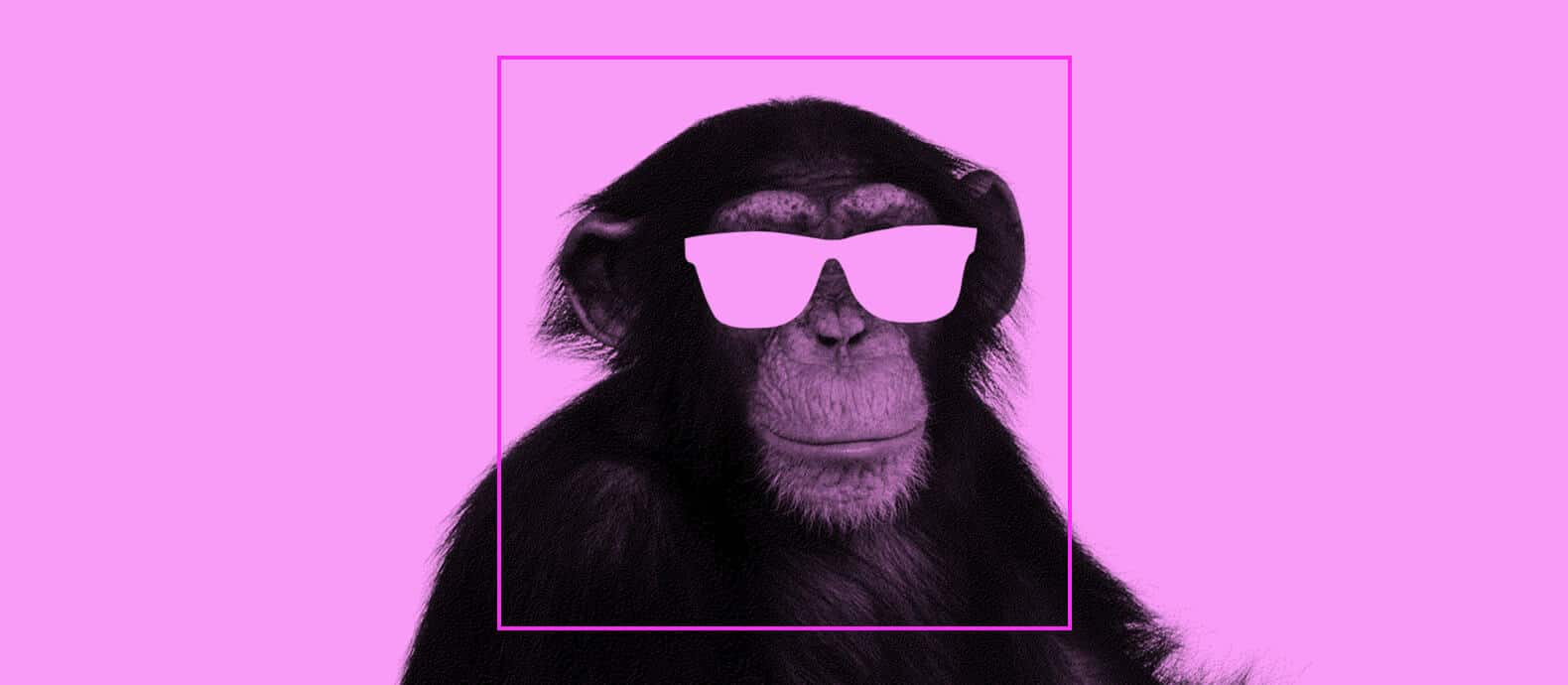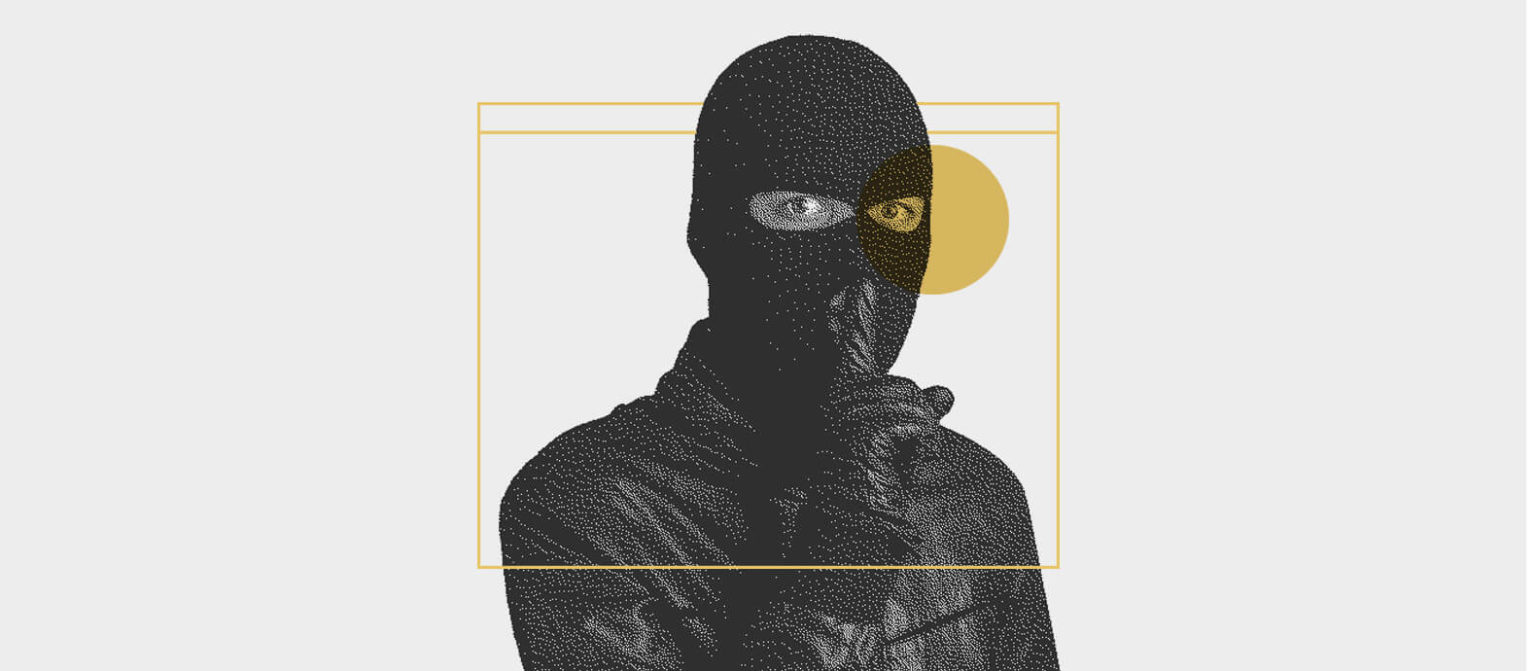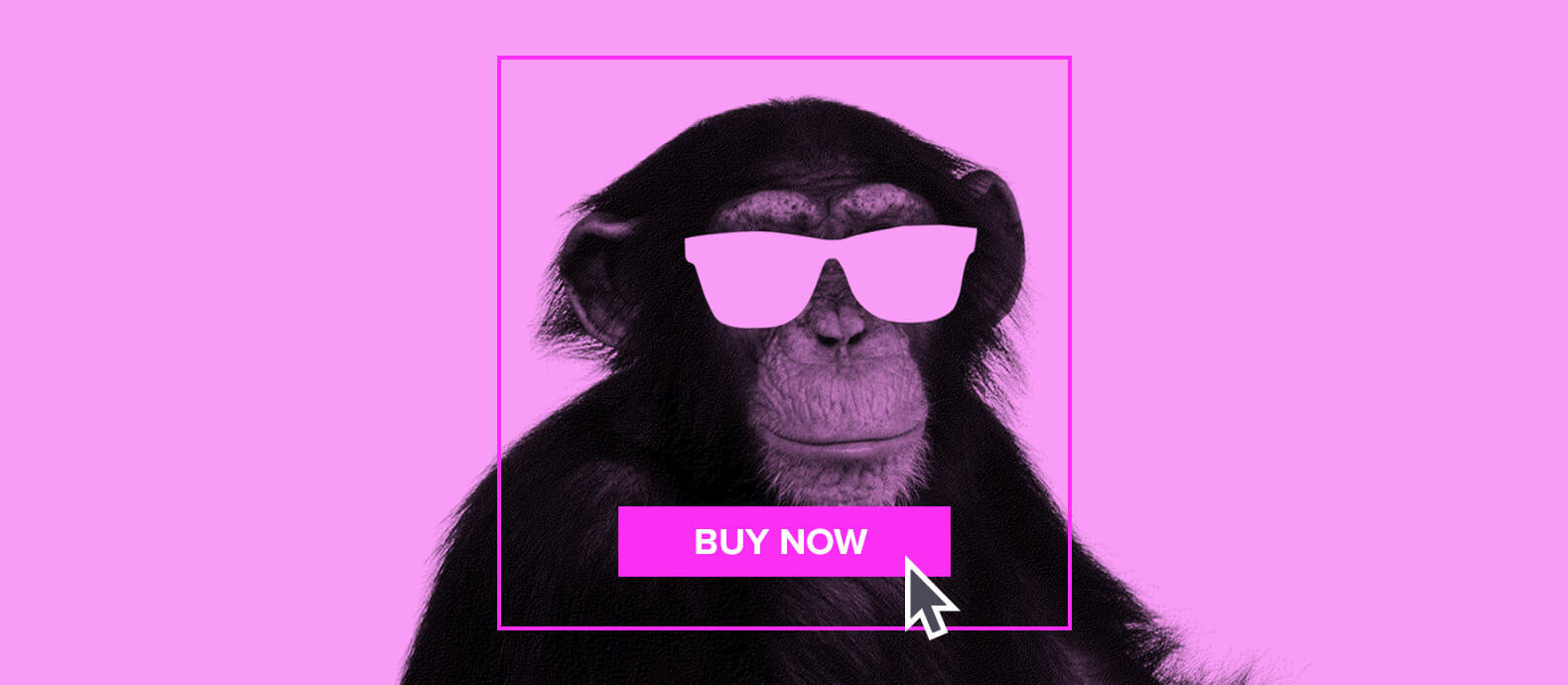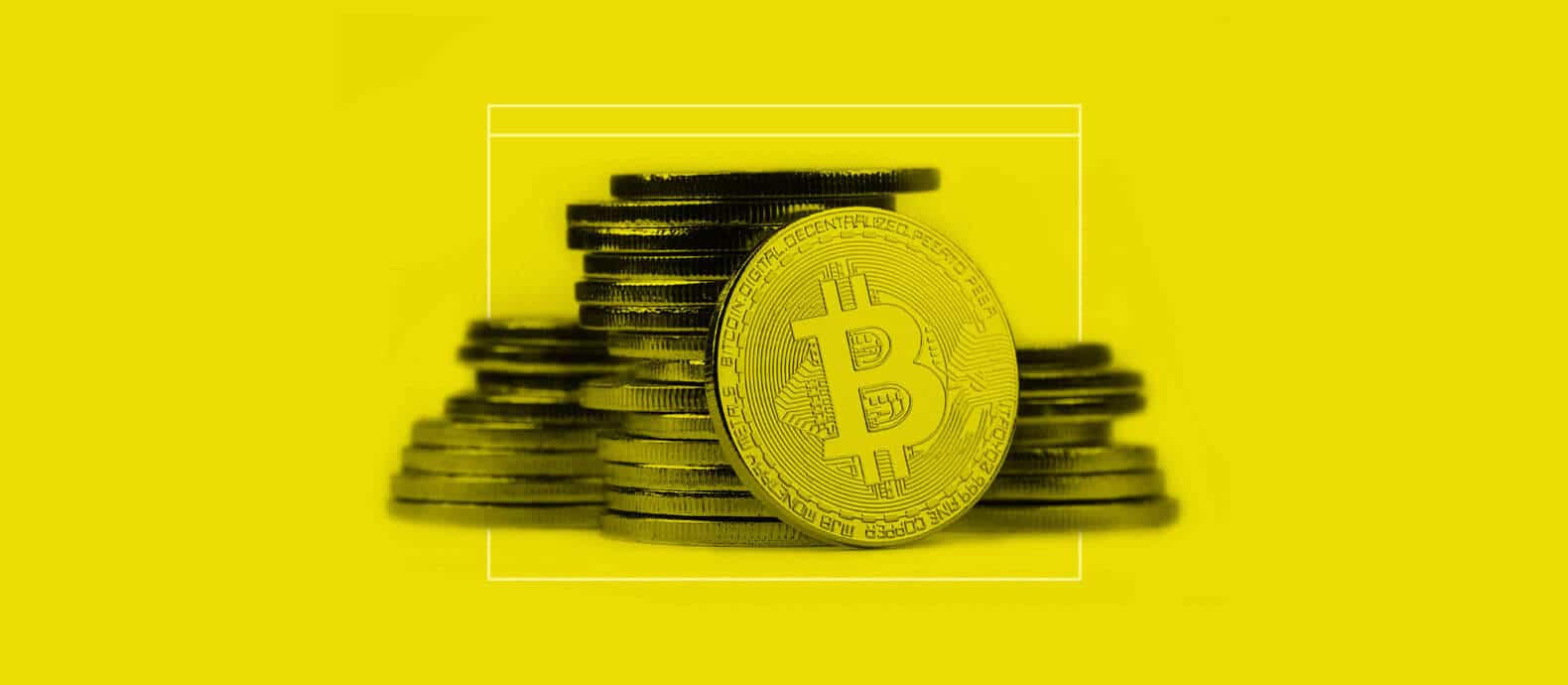Being an artist in today’s increasingly digital world is full of amazing opportunities. You can reach out to a wider audience around the world easily.
But at the same time, the internet and web 3 have also increased the risks of copyright infringements. It takes just a few buttons to copy an image from social media or a website and use it for commercial purposes. If you are not careful, someone else can copy months of your hard work and use it for their personal profits.
As a result, it’s crucial for every artist to understand how copyright works and how they can use it to their advantage.
In this article, we discuss:
- Is digital art automatically copyrighted?
- Can NFTs be copyrighted?
- How to copyright digital art + Top tips to prevent infringement
Is digital art automatically copyrighted?
Yes, digital art is automatically copyrighted.
You get the copyright of your artwork as soon as you create it in a fixed/tangible form. It doesn’t need to necessarily be registered with the copyright office in order for you to get copyright protection.
But it’s important to note that if someone copies your digital art and tries to use it for commercial purposes, you will need to prove that the digital art belongs to you which can be challenging if you don’t have a copyright registration.
On the other hand, having a copyright for your artwork allows you to quickly shut down copycats and scammers trying to rip off your art.
A copyright lasts for the entire life of the artist, plus 70 years after their death.
Types of digital art you can copyright
Art can be copyrighted as long as it meets the required criteria:
- It is original work by you and shows at least a minimal amount of creativity
- It is fixed in a tangible form – whether it’s paper, canvas, or a digital format. An idea of a work of art cannot be copyrighted
Also, if your artwork has been presented on an object, its utilitarian aspects cannot be copyrighted. For instance, if you have designed a digital art that is then being sold on tote bags or t-shirts, then you can copyright the art itself, but not the utilitarian aspects of the bags or t-shirts.

Can NFTs be copyrighted?
The sale of digital art does not include the underlying copyright for it. If someone buys a piece of art, they will own the art itself but not the copyright. They can only own the copyright for the art if the artist specifically transfers it to them.
While the art purchaser does acquire the right to use digital art for personal purposes, they may not be able to use the art for professional purposes.
The same principle applies to Non-Fungible Tokens (NFTs) as well.
Anything that can be digitized, can be turned into an NFT. The artwork is only needed for the first step of the NFT process in order to create a unique combination of a token ID and the contract address.
NFTs are essentially metadata files that have been encoded with digital artwork, that may or may not be subject to copyright protection. For instance, you could create an NFT of a copyrighted artwork or you could create an NFT of artwork under the public domain.
When you buy an NFT, you simply buy the metadata that is associated with the work and not the work itself. Some of the buyers assume they are acquiring the underlying work of art in the NFTs simply due to the astonishing prices at which NFTs are being sold.
In fact, the digital marketplace for NFTs grew to an estimated $22 billion in 2021.
Moreover, the popularity and pricing of NFTs have also attracted scammers and counterfeiters who are always waiting for the next opportunity. There have been cases of individuals offering artists’ works as NFTs without their permission and even legitimate NFTs getting hacked.
For instance, DeviantArt, the popular online community for digital artists that hosts over half a billion pieces of digital art, sent more than 90,000 alerts for possible fraud and stolen NFTs last year. The number of alerts rose by over 300% between November – December 2021.
How to copyright digital art
Registering your digital art gives you the legal means to effectively shut down anyone who tries to copy your art or reuse it for commercial purposes of any kind, before you start losing money, opportunities, and your reputation.
Here is how you can copyright your digital art:
1- Fill out the online application or paper application form to get started.
2- Pay the filing fee. There is usually a lower filing fee for online applications.
3- Provide a copy or copies of your original work that you want to copyright. Note that these copies will not be returned to you, so you should submit photographs or screenshots instead of submitting the actual work,
4 top tips to protect your digital art
1- Watermark your work: The easiest way to avoid infringers from copying or screenshotting your digital art is by adding a unique watermark to all of your artworks. You should make sure that your watermark is unique and clearly visible, possibly at a prominent center position where it can’t be removed or cropped easily.
2- Post small-resolution images of your artwork: To avoid scammers from posting your artwork as their own, you should only post small-resolution images of all of your digital art. You can also display your artwork in a flash slideshow instead of image files to prevent downloads. But even the slideshow should contain low-resolution images only so no one can screenshot your art.
3- Take strict legal action: Ignorance is never bliss, especially when someone is trying to copy your artwork. You can directly send a cease & desist letter or a copyright strike/notice to anyone who has infringed on your digital art to get them to shut down.
4- Monitor illegal use of your work: While sending legal notices is one of the most effective ways to shut down scammers, it requires you to constantly monitor the internet for any illegal use of your artwork. But manually monitoring can be extremely time-consuming and challenging.
Instead, you can opt for a solution like Red Points which uses image recognition technology to automatically find copyright infringements and help copyright owners claim their rights.
What’s next
When you spend so much of your time and efforts creating digital art that speaks to you and your audience, you also need to actively protect it. Copyright infringement doesn’t just lead to loss of revenue but it can also affect your reputation as an artist – When you let them get away with it once, they are bound to come back for more.
Learn what you can do to prevent NFT infringements and art theft.
